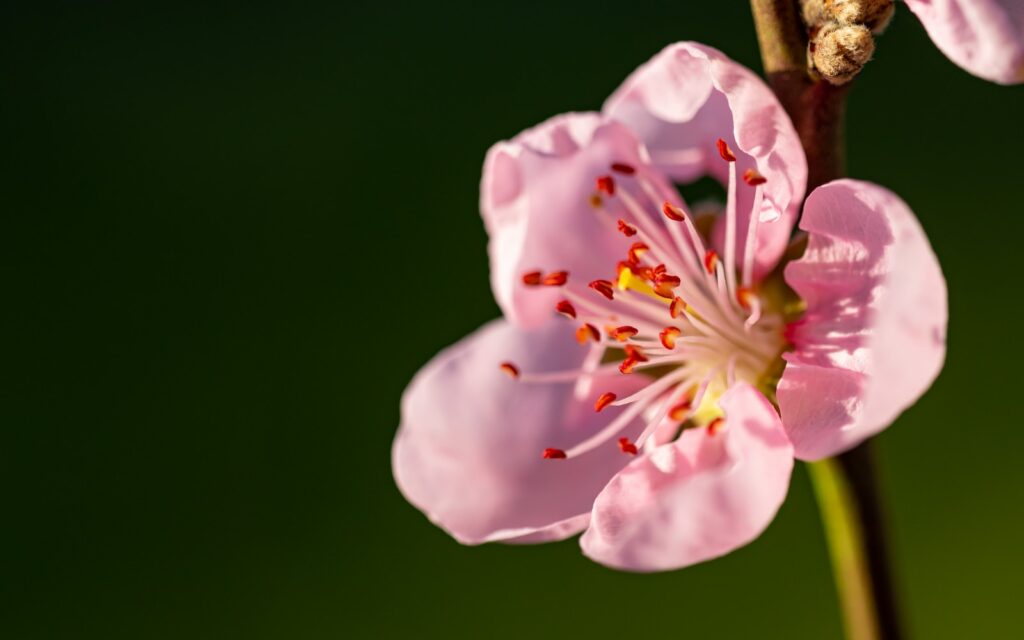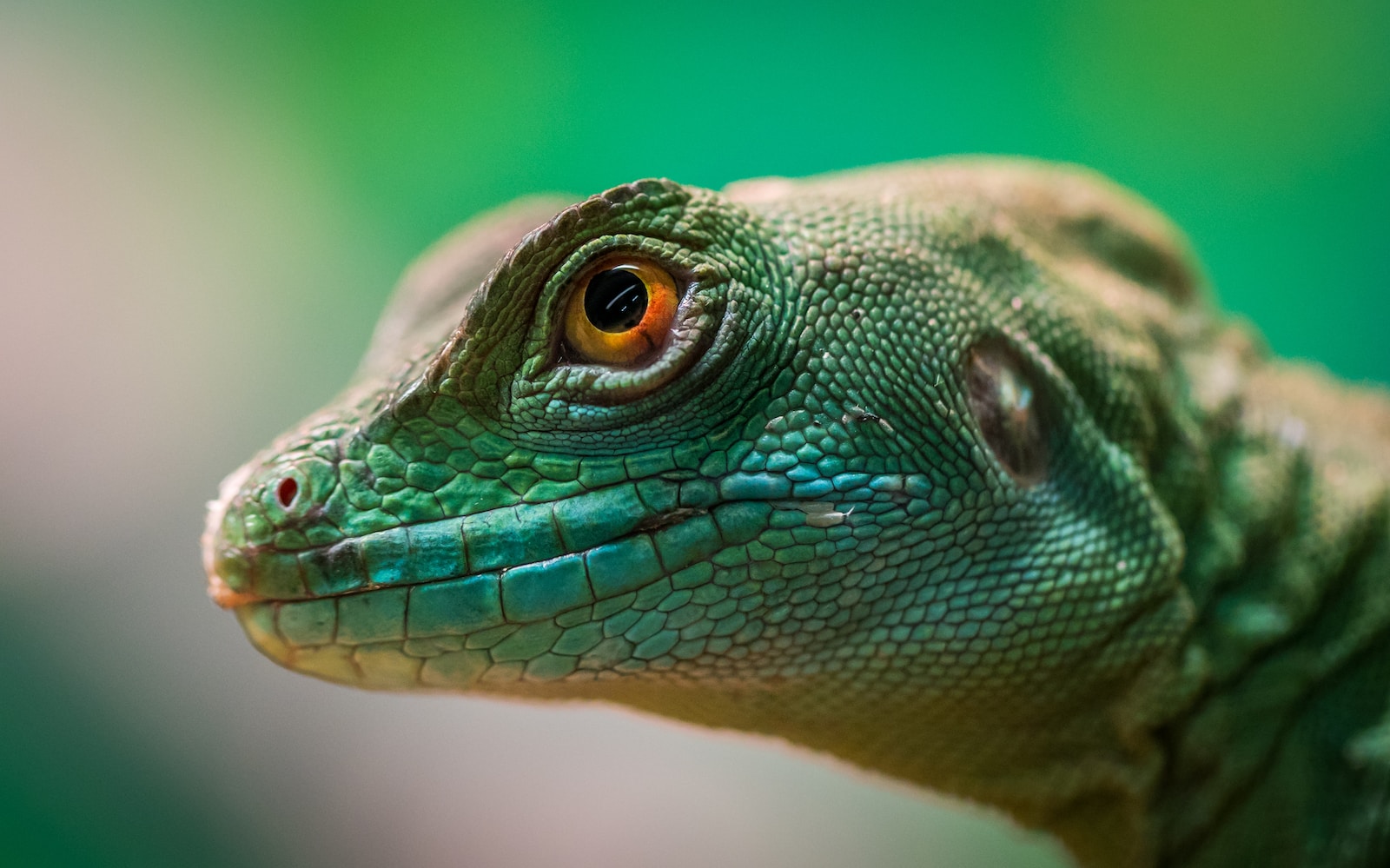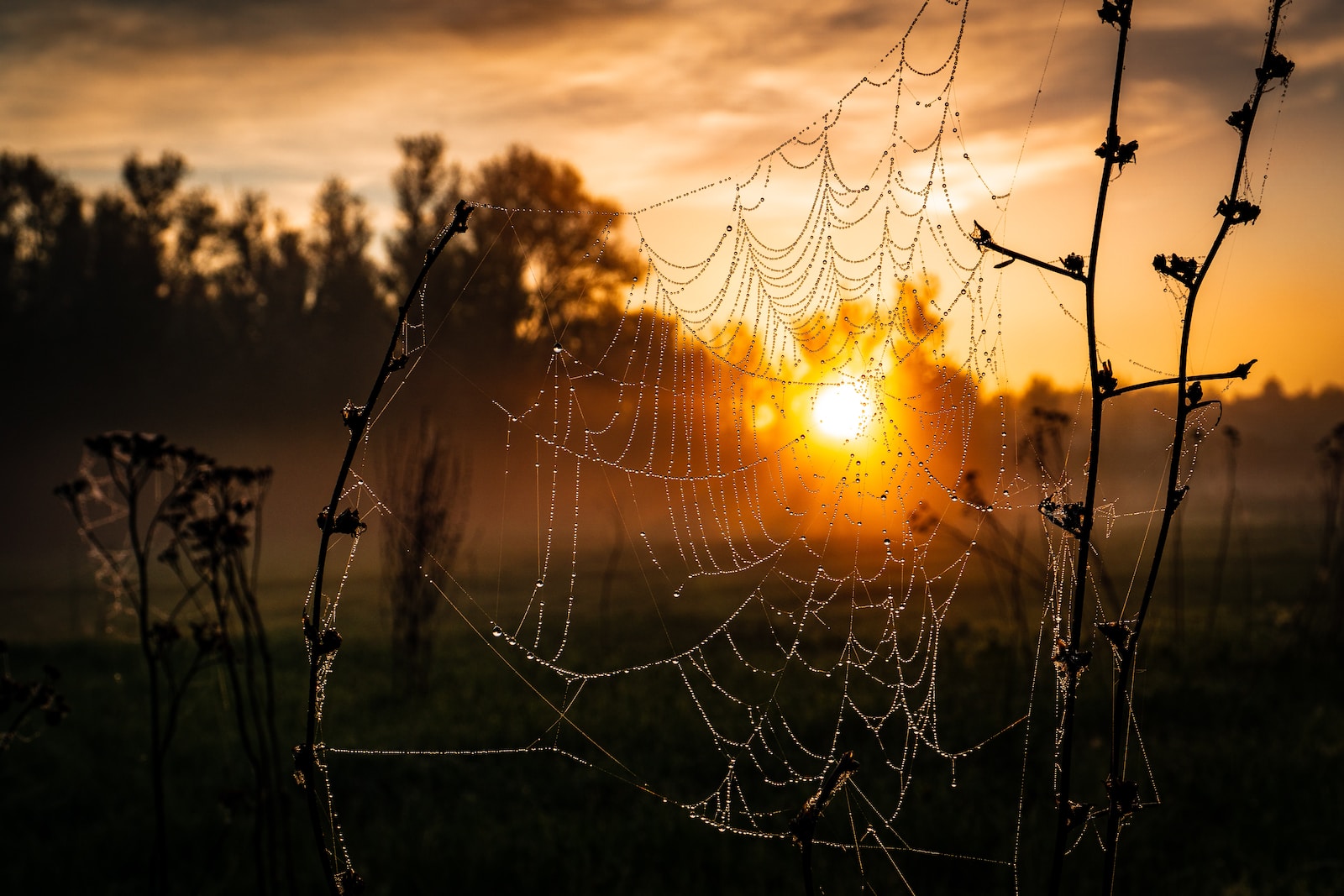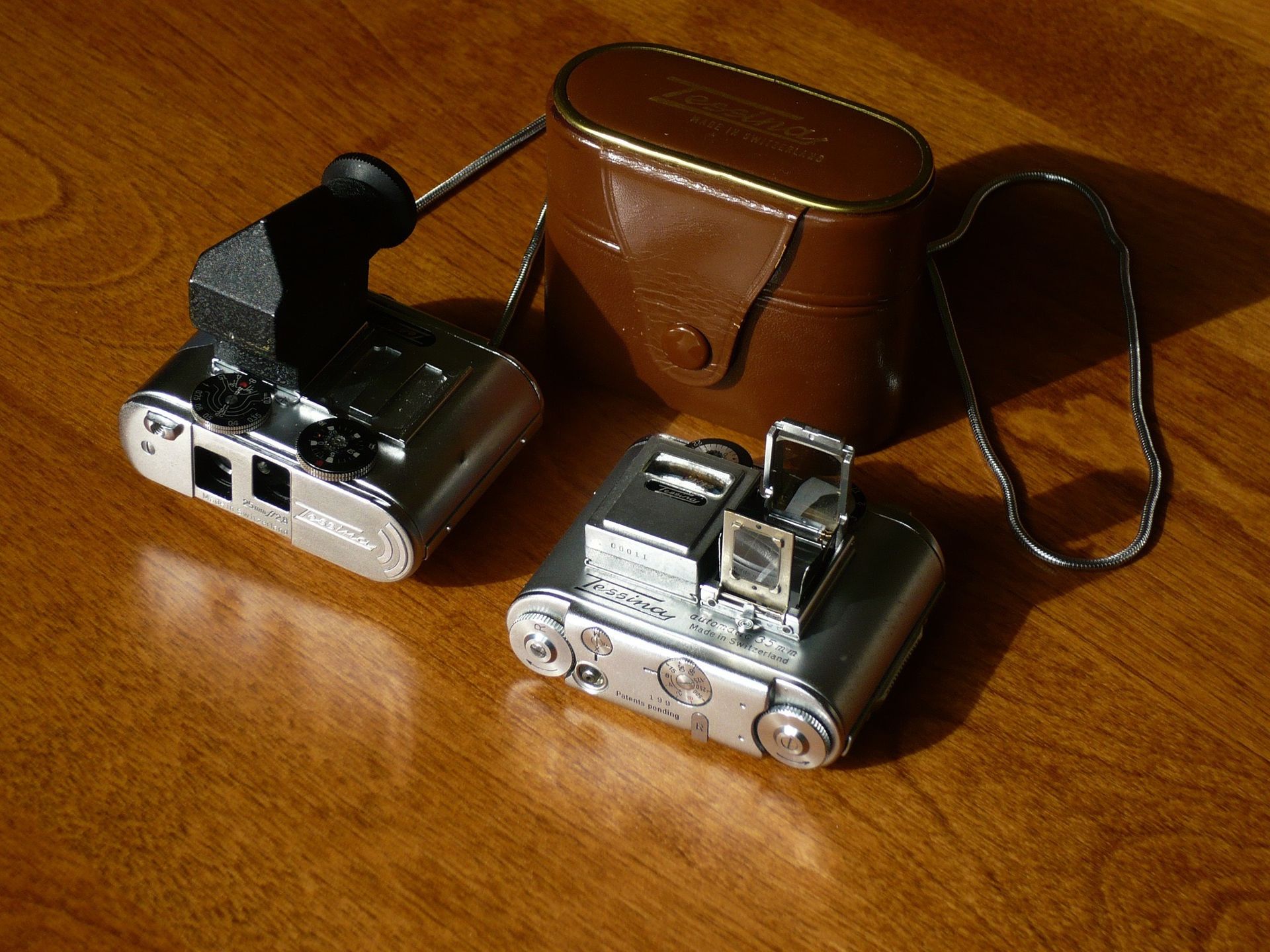Welcome to “Unveiling Macro Photography,” where we delve into the captivating realm of close-up imaging. Through this blog, we will explore the intricate details and hidden wonders found in small subjects. Whether you are a beginner or a seasoned photographer, join us for insightful tips, innovative camera techniques, and awe-inspiring captures. Discover how macro lenses can transform ordinary objects into extraordinary masterpieces, as we embark on this fascinating journey into the world of macro photography.
Table of Contents
- The Fascinating World of Macro Photography
- The Best Equipment for Macro Photography
- The Magic of Macro Photography: Unveiling a World in Detail
- Frequently Asked Questions
- What is Macro Photography?
- What equipment do I need for Macro Photography?
- What are some techniques for achieving sharp focus?
- How do I choose the right subject for Macro Photography?
- What are some creative composition techniques for Macro Photography?
- How can I achieve good lighting for Macro Photography?
- What post-processing techniques can enhance Macro Photography?
- Are there any specific camera settings I should use for Macro Photography?
- Wrap Up
The Fascinating World of Macro Photography
Macro photography offers a unique opportunity to explore the intricate details of the world around us. By capturing subjects up close, we are able to reveal the hidden beauty and extraordinary features that often go unnoticed. Whether you are an aspiring photographer or simply curious about this captivating art form, this blog will unveil the wonders of macro photography and provide you with essential techniques to make your photographs stand out.
Discovering the Beauty in Small Things
Macro photography allows us to appreciate the extraordinary in the ordinary. By focusing on small subjects, such as flowers, insects, or everyday objects, we can highlight their intricate textures, patterns, and colors. Imagine capturing the delicate veins of a flower petal or the minute details on a butterfly’s wings. These close-up shots reveal a whole new world of beauty that is often invisible to the naked eye.
To achieve stunning macro shots, it is important to have the right equipment. A macro lens is essential, as it allows you to focus on very close distances with superb clarity. Additionally, using a tripod will ensure stability and sharpness in your images.
Mastering Macro Photography Techniques
There are several techniques that can enhance the impact of your macro photographs. One essential technique is achieving proper focus. Since your subject will be incredibly close, it is crucial to ensure precise focus on the desired area. You can achieve this by using manual focus or utilizing your camera’s autofocus points effectively.
Another technique to consider is shallow depth of field. By using a wide aperture, you can blur the background while your subject remains sharp, creating a stunning visual contrast. Experiment with different apertures to achieve the desired level of depth in your images.
Lighting is also a crucial aspect of macro photography. Natural light can provide a soft and flattering illumination for your subjects. However, if shooting indoors or in low-light situations, consider using external lighting sources such as a ring light or a diffuser to control the intensity and direction of light. This will help you bring out the details and textures of your subjects.
The angle at which you capture your subject also plays a crucial role in macro photography. Experiment with different perspectives to find the most compelling composition. Shoot from various angles, such as directly above, from the side, or at eye level, to create depth and visual interest.
Lastly, don’t be afraid to break the rules and get creative with your macro photography. Experiment with different subjects, experiment with unique props and backgrounds, and let your imagination run wild. The possibilities are endless in this fascinating realm.
Are you ready to embark on an exciting journey into the world of macro photography? Grab your camera, get up close and personal with your subjects, and unlock a whole new dimension of visual storytelling.
Did you know that macro photography allows you to capture intricate details that are often invisible to the naked eye? It's like peering into a whole new miniature world!
The Best Equipment for Macro Photography
Macro photography opens up a whole new world of stunning details and breathtaking images. To capture these tiny wonders, you’ll need the right equipment. In this section, we’ll explore the essential camera, lenses, and other equipment for macro photography.
Camera
When it comes to choosing a camera for macro photography, opt for one that offers manual control, as it allows you to have full creative control over your shots. Look for a camera with a high-resolution sensor to capture intricate details. Additionally, a camera with a larger sensor size will provide better image quality.
Lenses
The choice of lens is crucial in macro photography as it determines the level of magnification and the maximum focus distance. You have two main options:
- Macro Lens: A dedicated macro lens, such as a 100mm or 105mm, is specifically designed for close-up photography. These lenses offer life-size magnification and allow you to focus on the tiniest details. They also provide a longer working distance, which is helpful when photographing skittish subjects or in delicate environments.
- Extension Tubes: If you don’t have a macro lens, extension tubes are an excellent alternative. These hollow rings fit between your camera body and lens, increasing the distance between the lens and the sensor. They allow you to focus closer, effectively turning any lens into a macro lens. Keep in mind that extension tubes reduce the amount of light reaching the sensor, so you may need to compensate with longer exposure times or a higher ISO setting.
Consider your shooting style and budget when choosing between a dedicated macro lens or extension tubes. Both options have their advantages and can produce impressive results.
In addition to a camera and lens, there are a few other pieces of equipment worth mentioning:
- Macro Rail: A macro rail allows for precise and controlled movement of your camera so you can make minor adjustments to focus and composition. It is particularly useful when shooting at high magnifications.
- Ring Flash or External Flash: To properly illuminate your subject and minimize shadows, consider investing in a ring flash or an external flash with a diffuser. These lighting options can help you achieve well-lit, evenly exposed macro photographs.
- Tripod: Macro photography requires stability to ensure crisp, sharp images. A sturdy tripod is essential, as it eliminates camera shake caused by handholding. Look for a tripod with adjustable legs and a reliable ball head for flexibility and precision.
Selecting the right camera, lens, and equipment for macro photography can significantly impact the quality of your images. Remember to weigh your options and consider your shooting preferences to make an informed decision.

The Magic of Macro Photography: Unveiling a World in Detail
Macro photography is an incredible technique that allows you to capture the intricate details of objects and explore a hidden world that is often unnoticed by the naked eye. Whether you’re a seasoned professional or just starting out, macro photography can open up a whole new dimension in your creative journey.
Best Time of Year for Macro Photography
The perfect time for macro photography depends on the subject you wish to capture. Spring and summer offer a bountiful array of flowers, insects, and other tiny creatures that make great macro subjects. During these seasons, nature is in full bloom, providing an abundance of vibrant colors and interesting textures.
Furthermore, early morning and late afternoon are considered the golden hours for macro photography. The soft, warm light during these times adds a magical touch to your images, enhancing the details and colors. The angle of the sun also provides unique lighting opportunities, casting long shadows or backlights that can add depth and drama to your photos.
Vantage Points and Positioning
When it comes to finding the perfect vantage point and positioning, it’s essential to experiment and explore different angles. Get down low and close to the ground to capture a bug’s-eye view or shoot from above to highlight the intricate patterns of a flower.
One option is to use a tripod and adjust the height and position until you achieve the desired composition. This technique allows for precise framing and sharp focus as you capture the details. Additionally, using a remote shutter release or the self-timer function can minimize camera shake and ensure utmost clarity.
An alternative approach is to handheld your camera, giving you the flexibility to move and experiment freely. This method allows for more spontaneity, especially when shooting insects or other subjects that may move quickly. However, it’s crucial to steady your hand and use fast shutter speeds to avoid blurry shots.
Furthermore, using different lenses or lens attachments can further enhance your macro photography experience. A macro lens with a focal length of 90mm to 100mm is ideal for capturing small subjects with great detail and excellent bokeh. Extension tubes or close-up filters can also be used to achieve macro-like results, offering more options for photographers on a budget.
Remember, the key to great macro photography is to have patience and practice. As you experiment with different vantage points, positioning, and lens options, you will unlock the fascinating world of macro photography and capture mesmerizing images that truly showcase the beauty in the smallest of details.
One helpful tip in macro photography is to use a tripod to ensure sharpness and minimize camera shake. Additionally, adjusting the aperture to a smaller setting, like f/11 or f/16, can increase depth of field, resulting in more of the subject being in focus. Experiment with lighting techniques, such as using a diffuser or reflector, to enhance the details and textures in your close-up shots.
Frequently Asked Questions
What is Macro Photography?
Macro photography is a technique that focuses on capturing small subjects up close, magnifying them to give details that are usually unseen by the naked eye.
What equipment do I need for Macro Photography?
To get started in macro photography, you will need a DSLR or mirrorless camera with interchangeable lenses, a macro lens or extension tubes, and a sturdy tripod.
What are some techniques for achieving sharp focus?
To achieve sharp focus in macro photography, it is recommended to use a narrow aperture (high f-stop number) for a greater depth of field, utilize manual focus, and make use of focus stacking techniques.
How do I choose the right subject for Macro Photography?
The possibilities for macro photography subjects are endless. Look for interesting textures, patterns, and details in everyday objects such as flowers, insects, water droplets, or even household items like jewelry or food.
What are some creative composition techniques for Macro Photography?
Experiment with different angles, perspectives, and lighting to create visually appealing macro photographs. Use leading lines, rule of thirds, and negative space to enhance your composition.
How can I achieve good lighting for Macro Photography?
Utilize natural light whenever possible, especially during the golden hours (early morning or late afternoon). You can also use reflectors or diffusers to control harsh light and shadows. Alternatively, consider using artificial lighting such as a macro ring flash or LED lights.
What post-processing techniques can enhance Macro Photography?
In post-processing, you can enhance macro photos by adjusting exposure, contrast, and saturation levels. Use sharpening tools to emphasize details and remove any distractions or imperfections.
Are there any specific camera settings I should use for Macro Photography?
For macro photography, shoot in manual mode to have full control over settings. Opt for a low ISO to reduce noise, select a fast shutter speed to avoid blur, and adjust the white balance according to the lighting conditions.
Wrap Up
In conclusion, macro photography offers a mesmerizing glimpse into the intricate details of the world around us. By mastering the techniques and understanding the capabilities of your camera, you can unlock a whole new realm of creativity and exploration. So grab your camera, venture out, and start capturing the hidden wonders waiting to be discovered!
Have you tried macro photography? What are your favorite subjects to photograph up close? Share your thoughts and experiences in the comments below. Don’t forget to stay connected by subscribing to our newsletter for more tips and inspiration on macro photography!


